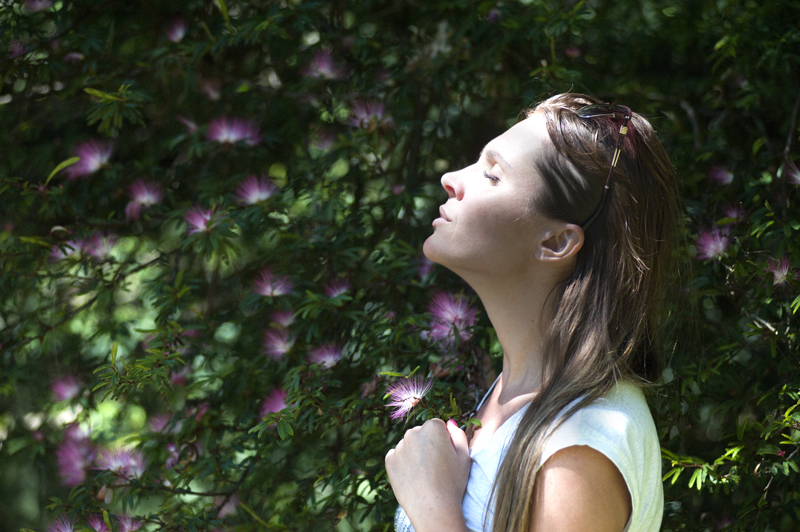Extended periods of silence, reduced thought processes, a decrease in extremes of emotions and recognition of an existence beyond the boundaries of our mind are four attributes shared by two different groups of people in our country.
One feared. The other glorified.
10% of the U.S. population is affected by dementia.
10% of the U.S. population strives to reach enlightenment.
We live in a fear-based culture, one that favors an us vs. them mindset. The use of military metaphors proliferates the dementia narrative in mainstream media and the scientific literature, thereby reinforcing this fear. As Lane and colleagues remind us, attention is turned toward viewing disease as ‘the enemy’, ideas of people being robbed of their memories or held hostage by this rapacious disease come into clearer focus. Meanwhile, individual physical, psychological and social needs fade into the background.
At the 2013 G8 Summit, it was declared that we are facing a global “war of dementia.” Current efforts are focused on early prevention by increasing the public knowledge of modifiable risk factors, encouraging person-centered behavioral management, educating the public and supporting caregivers. Nevertheless, when solutions are created within a disease model of care, strengths and resiliency of people living with dementia will remain confined to a space out of common view.
The possibilities in the space that silence occupies may remain undiscovered unless we move out of the mind and into the body of people living with dementia. Moreover, we must consider the impacts of the dementia-free body on dementia bodies.
Resmaa Menakem, within the context of racialized trauma, talks about the effects of fear held within white body supremacy and how the lizard brain is accountable for actions. The same could be considered when caregivers or everyday people interact with people living with dementia. Perhaps there is a fear that the caregiver will one day be the one living with dementia.
Hearing bodily messages takes practice. With the previously shared four attributes, there are four corresponding ways to practice deciphering bodily messages.
One way to practice is to follow your breath. Find a comfortable position standing, seated, lying down or something else. I invite you to notice the presence of absence of your breath. Perhaps you ask your body, “Are you breathing?”

Words have a place. Words expand and also confine. I invite you to try a bodily practice that mirrors reduced thought processes. Tune into your bodily sensations. You may want to experiment with where you notice your breath in your body. Rather than describe or label, feel, sense and notice.
A third bodily practice is expanding your awareness to include all possible emotions. Rather than hierarchizing your emotions or placing value on some emotions while devaluing others – smiling is good or crying is bad – place your emotions on a continuum. Allow yourself to move amongst and between states of being.
When we connect with our bodily sensations, we are actively engaging in a process of recognition of the space outside of our mind. In moving beyond cognitions, we appreciate other aspects of the human landscape.
Traveling and adventuring into the unknown and out into the hinterlands can be scary. To prepare for these explorations, we might trade fear for curiosity.
Let’s be brave and search the body for clues to understand the mind.
Adrienne Ione is a cognitive behavioral therapist and personal trainer who integrates these fields in support of people thriving across the lifespan. As a pro-aging advocate, she specializes in the self-compassion of dementia.
Website: yes2aging.com
Guided Meditations: insighttimer.com/adrienneIone
Facebook: silverliningsintegrativehealth
References
Emerson, D. (2015). Trauma-sensitive yoga in therapy: Bringing the body into treatment.
Lane, H.P., McLachlan, S.A., Philip, J. (2013). The war against dementia: are we battle weary yet?, Age and Ageing, 42(3), 281–283, https://doi.org/10.1093/ageing/aft011
Menakem, R. (2017). My Grandmother’s Hands. Central Recovery Press.
